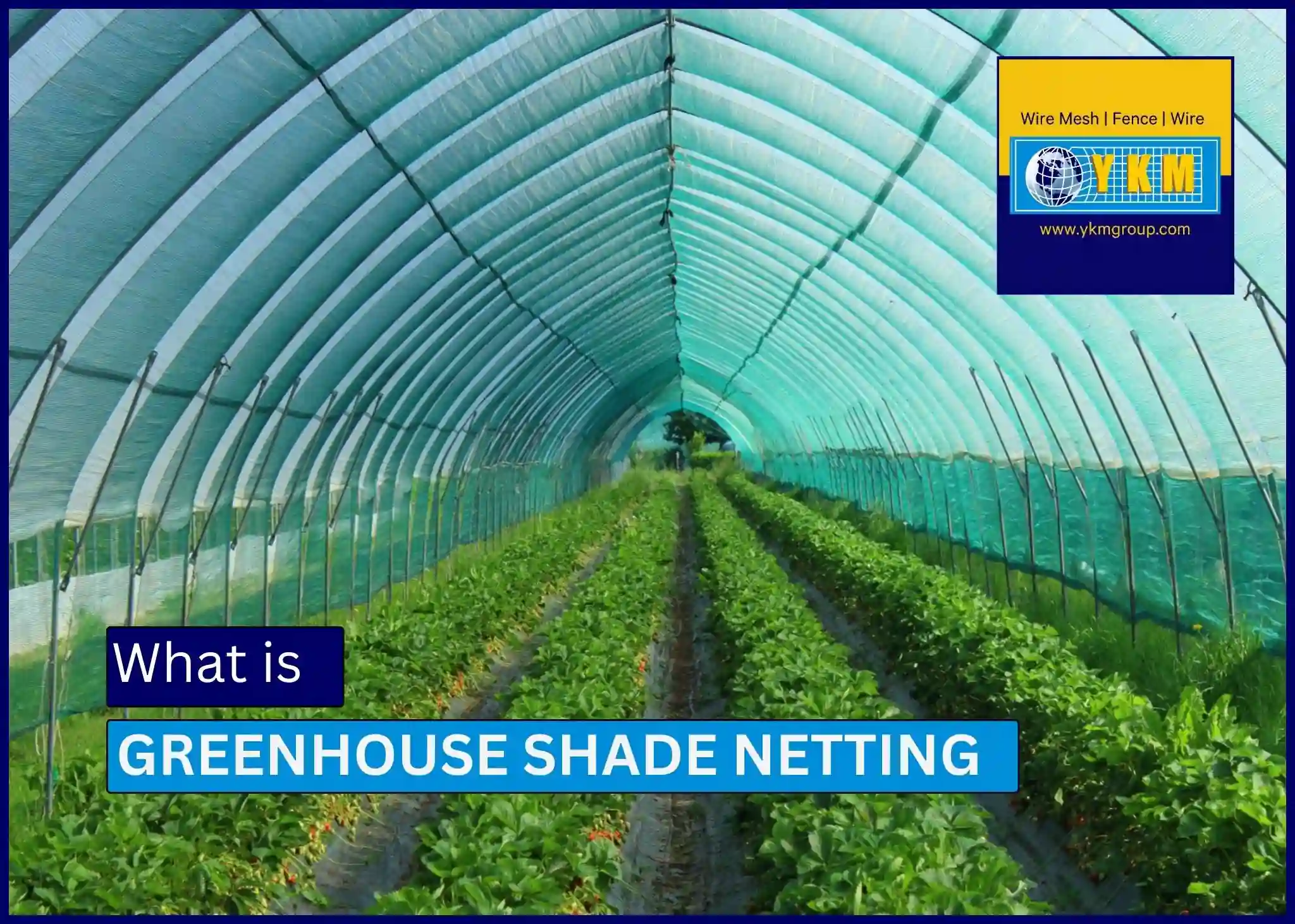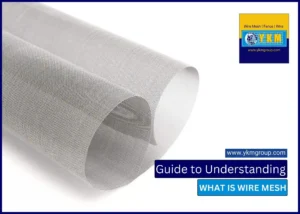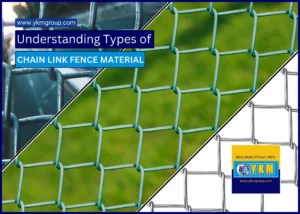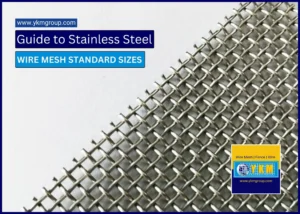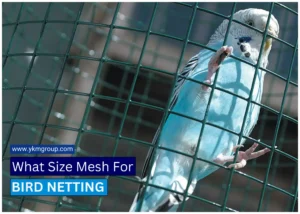Greenhouse shade netting is a vital component in modern agricultural practices, offering a solution to the challenges posed by excessive sunlight and high temperatures in greenhouse environments. The primary purpose of greenhouse shade netting is to create a favorable environment for plant growth by mitigating the adverse effects of extreme heat and light. This article explores what is greenhouse shade netting, its types, benefits, installation tips etc.
What is greenhouse shade netting Types?
Greenhouse shade netting comes in various types, distinguished by factors such as:
- Shading Percentage: 30% to 95%
- Material: HDPE, Polyster, Polyvinyl Chloride, Polytetrafluoroethylene
Common greenhouse shading percentage?
Shade netting comes in a range of densities, measured in percentages, to cater to diverse agricultural needs. Options include 30% shade, 50% shade, and 70% shade variants, among others. The choice of density depends on factors such as the type of crops grown, prevailing climatic conditions, and desired light transmission levels
What is greenhouse shade netting types based on Material Composition?
HDPE
HDPE shade cloth is a versatile and cost-effective option for greenhouse shade netting made from high-density polyethylene material. This shade clothing offers excellent shading factor while allowing air circulation, reducing heat buildup under the shade.
HDPE materials are UV Stabilized and are popular choice due to their durability and sun protection properties.
PVC
PVC shade fabric is known for its durability and weather-resistant properties, making it an ideal choice for greenhouse shade nets in harsh environmental conditions.
Polyester
Polyester shade sails are durable and UV-resistant, making them suitable for prolonged outdoor use.
Polytetrafluoroethlene:
PTFE fabric is renowned for its exceptional durability and weather resistance, making it a premium choice for green house shading in extreme climates.
Benefits of Using Greenhouse Shade Netting
When it comes to analyzing what is greenhouse shade netting benefits, it can be explained mainly as providing an optimal environment for plant growth under a controlled environment.The utilization of greenhouse shade netting provides numerous benefits to both crops and growers alike which includes:
Temperature Regulation
One of the primary benefits of greenhouse shade netting is its ability to regulate temperature fluctuations within the growing environment. By blocking a portion of sunlight, shade netting helps maintain optimal temperatures, preventing overheating and promoting consistent plant growth.
Protection Against UV Radiation
Excessive exposure to ultraviolet (UV) radiation can wreak havoc on plants, causing sunburn, wilting, and reduced yields. Greenhouse shade net material diffuse sunlight and reduce heat buildup, helps maintain optimal growing conditions, preventing heat stress and sunburn damage to plants.
Shade netting acts as a protective shield, filtering out harmful UV rays while allowing beneficial light wavelengths to penetrate, ensuring the well-being of crops.
Moisture Conservation
In addition to mitigating sunlight exposure, shade netting aids in moisture conservation by reducing evaporation rates. By creating a microclimate conducive to moisture retention, greenhouse shade netting helps plants thrive even in arid or semi-arid regions.
Pest and Pest Control
Another advantage of shade netting is its role in pest management. By creating a physical barrier, shade netting effectively deters pests such as insects, birds, and rodents from accessing crops, thereby minimizing the risk of infestation and crop damage.
Factors to Consider When Choosing Shade Netting
When selecting shade netting for a greenhouse, several factors must be taken into account to ensure optimal performance and longevity. Growers should understand What is greenhouse shade netting advantages, the proper shading percentage required based on the specific needs of their crops and the prevailing climatic conditions. Additionally, factors such as material durability, cost-effectiveness, and ease of installation should be evaluated to make an informed decision.
Installation and Maintenance Tips
Proper installation of greenhouse shade netting is essential for maximizing its effectiveness and longevity. Growers should follow recommended guidelines for securing the netting to the greenhouse structure, ensuring proper tension and coverage. Regular maintenance, including cleaning and inspection, is also crucial to prevent debris buildup and detect any signs of damage or wear. Prompt repairs and replacements should be carried out as needed to maintain optimal shading performance.
Conclusion
In conclusion, greenhouse shade netting serves as an indispensable tool for modern growers seeking to optimize crop production in controlled environments. Its ability to regulate temperature, diffuse sunlight, and protect against pests makes it a valuable asset in greenhouse farming operations.
By understanding what is greenhouse shade netting, the shading percentage, material durability, and environmental sustainability, growers can harness the full potential of shade netting to achieve healthier plants and higher yields.
